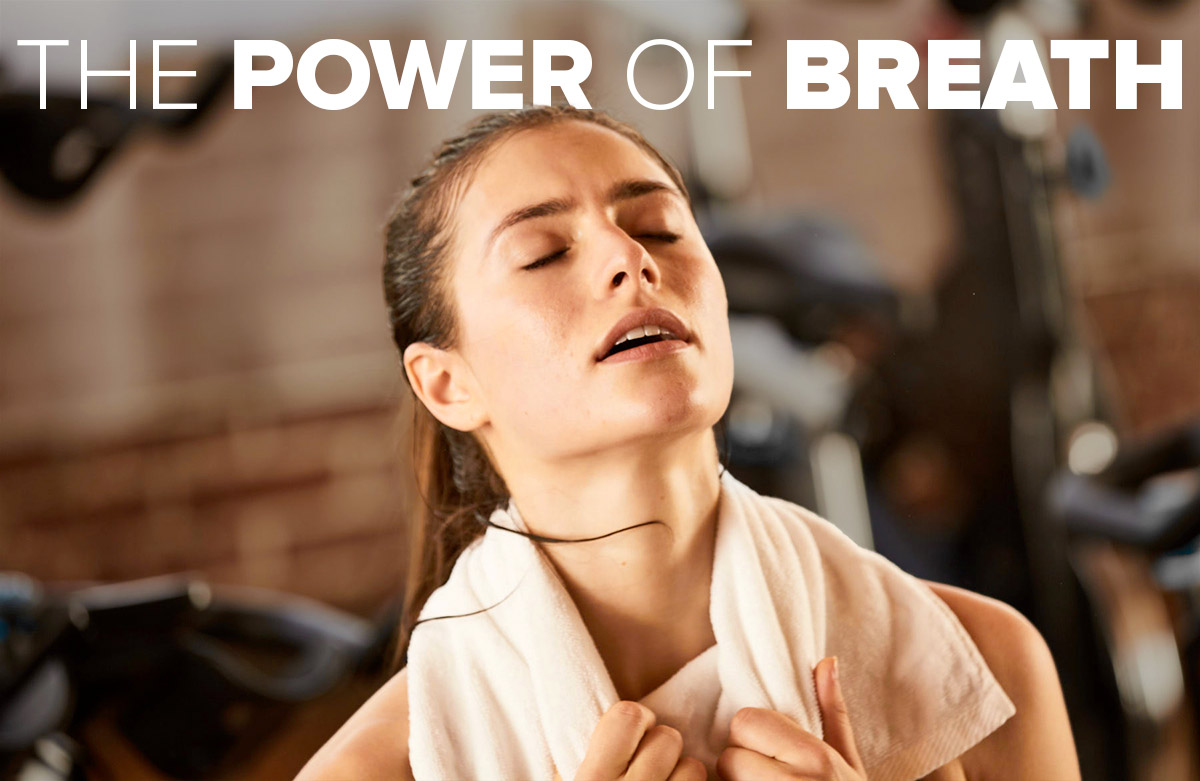 May is Mental Health Awareness Month (MHAM), and according to Georgetown Behavioral Health Institute, “Living a healthy lifestyle and incorporating mental health tools to thrive may not be easy but can be achieved by gradually making small changes and building on those successes.” Here’s to that – an adage that we too firmly believe and support.
May is Mental Health Awareness Month (MHAM), and according to Georgetown Behavioral Health Institute, “Living a healthy lifestyle and incorporating mental health tools to thrive may not be easy but can be achieved by gradually making small changes and building on those successes.” Here’s to that – an adage that we too firmly believe and support.
One of those mental health tools that supports a healthy lifestyle is breathing properly. In honor of your mental health this month and well into the future, we wanted to share an excerpt from the Breathing to Enhance Performance and Reduce Stress online course manual. Read on to learn about proper breathing, and if you’re interested, consider the full course as a step toward improving your own well-being. Here’s to you!
THE DIFFERENCE BETWEEN PROPER AND IMPROPER BREATHING
When we breathe into the upper chest, our breath is short and shallow, our chest muscles are constricted and our breathing is inefficient and stressful. These factors increase the stress of exercise and hinder peak performance. On the other hand, deep breathing, or diaphragmatic breathing, is much more efficient and less stressful. When we breathe diaphragmatically, the diaphragm moves downward, causing the abdomen to move outward, which makes more room in the lungs to absorb oxygen.
One of the main differences between an average endurance athlete and an extraordinary endurance athlete is lung capacity. Our physiology is inherited, but our lung capacity can be increased with many different breathing techniques. When we breathe properly, we enhance our performance and our movement becomes more efficient, thereby creating greater comfort when we exercise.
THE THREE LEVELS OF BREATHING
Much of our body’s energy is devoted to breathing in order to sustain life. There are three levels to breathing, or what is technically referred to as respiration. Inhaling and exhaling through the nose or mouth is the first level, and is probably the most familiar. This level gives the body its most precious fuel—oxygen. Once the air has entered the lungs, oxygen exchange takes place in the alveolar sacs, comprising the second level.
At the third level of breathing, the body’s energy production takes place on the cellular level, where the oxygen is actually needed. When oxygen and nutrients enter each cell and make contact with certain enzymes, the process of energy production takes place. This process releases the energy needed for movement, repair and growth.
CONSCIOUS AND UNCONSCIOUS BREATHING
The only physiological process that can be either voluntary or involuntary is breathing. We can breathe consciously, making the breath do whatever we want, or the body can breathe on its own. If conscious control of the breath is withdrawn, then an unconscious portion of the mind takes over and starts breathing for us.
When we have little or no awareness of our breath, it can become irregular and haphazard, which causes a waste of efficiency and energy in movement. You can either allow your breath to run haphazardly, or you can make it part of your awareness and coordinate movement and breath harmoniously. This awareness comes gradually—some yogis have taken a lifetime to master the breath and claim to be aware of every breath they take. A regular practice of breathing awareness and breathing exercises can lead to an inner awareness of the energy that gives us life, and can make the difference between being a champion or being just part of the pack.
THE CONNECTION BETWEEN BREATHING AND ILLNESS
Recent medical studies show that when we don’t breathe well, illnesses such as heart disease and high blood pressure may take over. Breathing should be the easiest thing in the world; however, due to all the stress and anxiety today, breathing freely is truly one of the hardest aspects of life. How we handle our breath is directly related to how we handle our lives, and how we handle changes in our lives. Our breath is part of our everyday language and is directly connected to the way we feel: When we step on something and our skin is penetrated, we breathe in suddenly and hold our breath—holding ourselves away from the pain. In childbirth, women learn to breathe through the pain. Similarly, athletes experience pain and have to learn to breathe through it.
Today, numerous studies link poor breathing habits with health problems. Many therapies, such as breath therapy and yoga, have been found to alleviate and sometimes cure chronic health problems from migraine headaches to coronary heart disease. We can survive without thinking about our breath, but we cannot thrive without proper breathing.
Register for the course today!